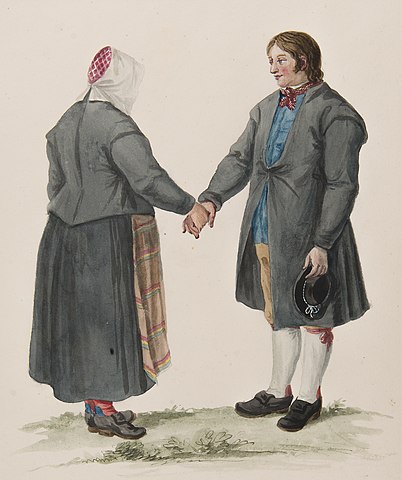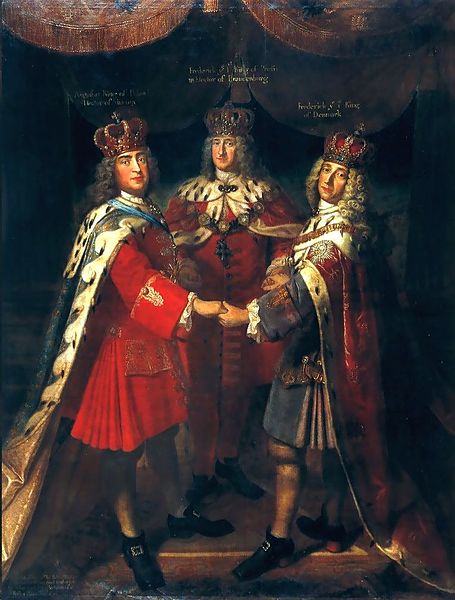
As Thammasat University students, ajarns, and staff follow national and university regulations for COVID-19 prevention, some future subjects of possible interest for academic research arise from current conditions.
All Thais are familiar with the traditional wai greeting. Internationally, people from many different countries are now considering abandoning the handshake as a form of greeting, replacing it with the wai or an alternative gesture that meets COVID-19 prevention guidelines.
The TU Library owns a book, Communication secrets by Carolyn Boyes, that recommends to business students how to meet people and express commercial projects. The book includes a chapter, Practise your handshake, that may soon no longer be relevant. Instead, researching the wai and its unexpected benefits may be more timely.
One example of how the wai may be analyzed in a way that should be useful to students interesting in Thai studies, Association of Southeast Asian Nations (ASEAN) studies, sociology, political science, anthropology, history, and related fields is a chapter by Michael Herzfeld on Radical Egalitarianism: Local Realities, Global Relations published by Fordham University Press in 2013.
The TU Library collection owns several books by Professor Herzfeld, who is Ernest E. Monrad Research Professor of the Social Sciences at the Department of Anthopology, Harvard University.
The research interests of Professor Herzfeld include social theory, history of anthropology, social poetics, politics of history; Europe (especially Greece & Italy), and Thailand.
TU students may obtain Radical Egalitarianism with Professor Herzfeld’s chapter through theTU Library Interlibrary Loan(ILL) Service.

Professor Herzfeld notes the significant use of the wai in Thai village political life:
That such encounters are rife with theatricality is a commonplace of anthropological observations of politics in Southeast Asia (see, e.g., Geertz 1980). In this case, there was a literal rehearsal, as the community leaders hastily coached the children in a collective wai (formal greeting with the palms pressed together) of homage when they learned that the governor was, unexpectedly, about to arrive with his entourage. By consigning this role to the children, the leaders certainly meant no disrespect, and in fact went out of their way to be extremely polite in their conversations with the governor, who reciprocated their courtesy. But children, as the youngest group, could wai without fear of incongruity; older people do not wai their juniors except under conditions of strong hierarchical difference, in part because to do so would imply that the younger person should die first. The children’s act of homage also showed the visiting delegation the psychological and social good health of the community—an especially important move, inasmuch as the previous municipal administration had accused the community of being riddled with drugs and violence. The clean, well-dressed, and respectful children, playing openly in the paths and squares of the community’s space, were the best evidence that such a reputation was underserved and unjust. That the wai is usually performed first by younger people to their elders did not in fact preclude the use of the wai as a sign of respect for the governor by any of the residents, but the children’s performance dramatically emphasized the normative character of both the residents’ collective comportment and the community’s respect for the governor’s high office.
During one of his visits to TU three years ago, Professor Herzfeld gave an interview to the German-Southeast Asian Center of Excellence for Public Policy and Good Governance (CPG) website, housed at the Faculty of Law, Thammasat University.
In further social research involving the use of the wai, Dr. Anjalee Cohen, Senior Lecturer at the Faculty of Arts and Social Sciences, The University of Sydney, Australia has published research in Sojourn: Journal of Social Issues in Southeast Asia, Vol. 24, No. 2 (October 2009). As its webpage indicates,
SOJOURN: Journal of Social Issues in Southeast Asia is an interdisciplinary journal devoted to the study of social and cultural issues in Southeast Asia. Empirical and theoretical research articles are published with a view to promoting and disseminating scholarship in and on the region. Areas of special concern are ethnicity, religion, urbanization, migration, and development. The journal includes articles, research notes and comments, notices on conferences, workshops and seminars, and book reviews, as well as occasional English translations of pivotal research published in Southeast Asian languages. SOJOURN is published twice a year, in April and October.
Dr. Cohen’s study was of Thai Youth Subcultures in Urban Chiang Mai. She noted, in part:
Most conspicuous globally-influenced youth subcultures in Chiang Mai are an urban middle-class phenomenon. This is in part because subcultural styles in Thailand have largely become commercial commodities to be purchased, the emphasis being on consumption and display rather than on overt politics per se. One thereby requires a certain degree of money to be able to afford the commodities that signify subcultural identities. In other words, the majority of inter subcultures found in Chiang Mai’s public realm of mass consumerism are far from poor marginalized youth. For example, in Chiang Mai hip hop and rap have been appropriated by young urban middle-class students who congregate and perform in modern air-conditioned shopping centres and touristy night markets. This is in marked contrast to the unemployed black rap/hip hop dancers of the inner-city ghettos in America where hip hop originated. I observed hybrid forms of cultural expression among Chiang Mai B-boys (break-dancers) including a combination of African-American rapper hand shakes to the more traditional wai for greeting senior group members. This demonstrates young Thais actively adapting and fusing global cultural styles with local tradition. It also shows that the globalization of youth cultural forms “is not a unidirectional and homogenising process, but a dual process of hybridisation” (Yamashita and Eades 2003, p. 6), or what Roland Robertson (1992) refers to as “glocalisation.”

In further academic research involving the wai in a social science context,
Dr. Marte Nilsen is Senior Researcher at The Peace Research Institute Oslo (PRIO) and Coordinator of the Research School on Peace and Conflict. The TU Library owns a book published by PRIO.
Dr. Nilsen published a research article in Modern Asian Studies, Vol. 45, No. 6 (November 2011). Its title was The Spirit of a Heroine: Ya Mo—Spirit Reverence, Patriotism and Thai Buddhism.
As all Thai students know, Thao Suranari (ท้าวสุรนารี) is the royally bestowed title of Lady Mo, also known as Ya Mo (ย่าโม, “Grandma Mo”; 1771–1852), who was the wife of the deputy governor of Nakhon Ratchasima (Korat), the stronghold of Siamese control over its Laotian vassals. HM King Rama III awarded her the title Thao Suranari, (or Lady Suranari – “the brave lady”) in recognition of her courageous acts.
Modern Asian Studies, as its webpage indicates,
publishes cutting-edge research articles on the history, social anthropology, sociology, political science, and cultures of modern Asia. Covering all the regions of Asia, including Maritime Asia, and their interconnections, the journal particularly welcomes articles which deploy interdisciplinary and comparative research methods. Since its inception in 1967, Modern Asian Studies has specialized in the publication of longer monographic essays whose theoretical claims are supported by rich empirical data. It also carries substantial synoptic review essays which summarize and critique the current state of a field of study, and it publishes special issues, forums, and roundtable discussions which explore topical themes in depth and from a number of perspectives.
Dr. Nilsen points out:
The Ya Mo monument is situated in Khorat by the reconstructed Prato Chumphon, the western gate of the old city walls…At almost any time of day there are crowds of people revering the statue, and frequently a police escort will accompany a high-profile businessman, celebrity or politician wishing to pay their respects. People passing by will most likely wâi to greet Ya Mo…The interviewed people did not visit the shrine very frequently for reciprocal reasons, but when they did, they exclusively came to ask for favours regarded as important, and only on very special occasions. Except for a couple of the women I talked to, who went to show respect to Ya Mo quite often, most of my informants had only been there once for reciprocal reasons and at other times would only wâi whenever they passed the shrine. Typical reasons for visiting the shrine were to ask for help with examinations, scholarship applications and chances to go abroad to study.

(All images of Wikimedia Commons)
